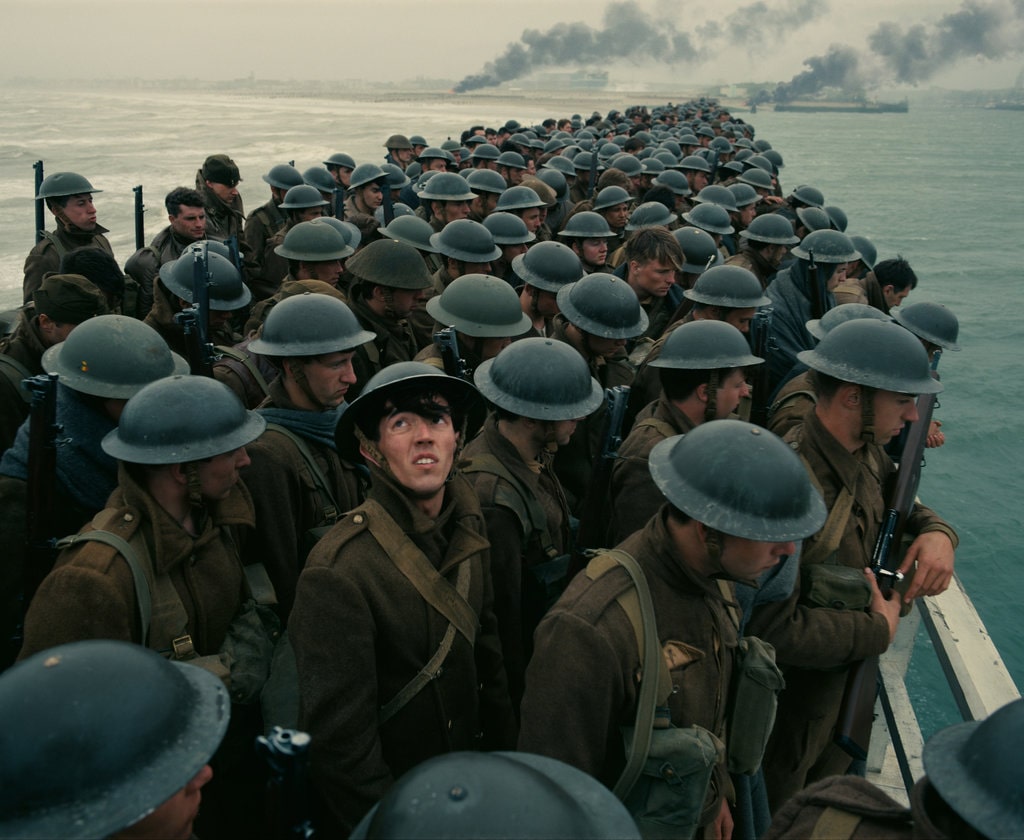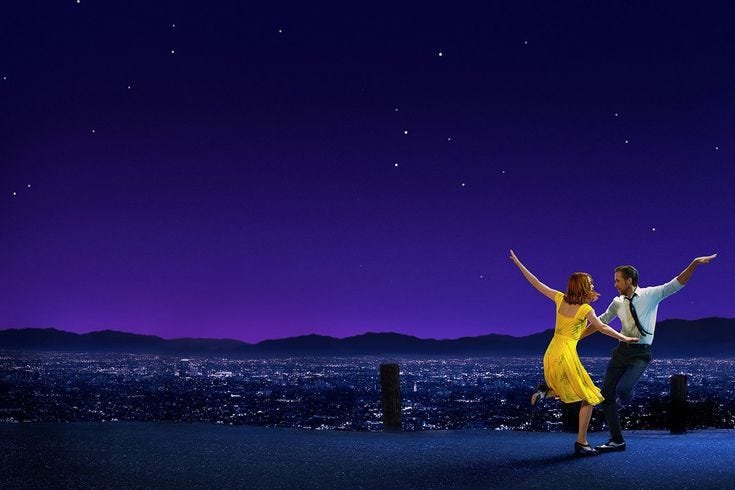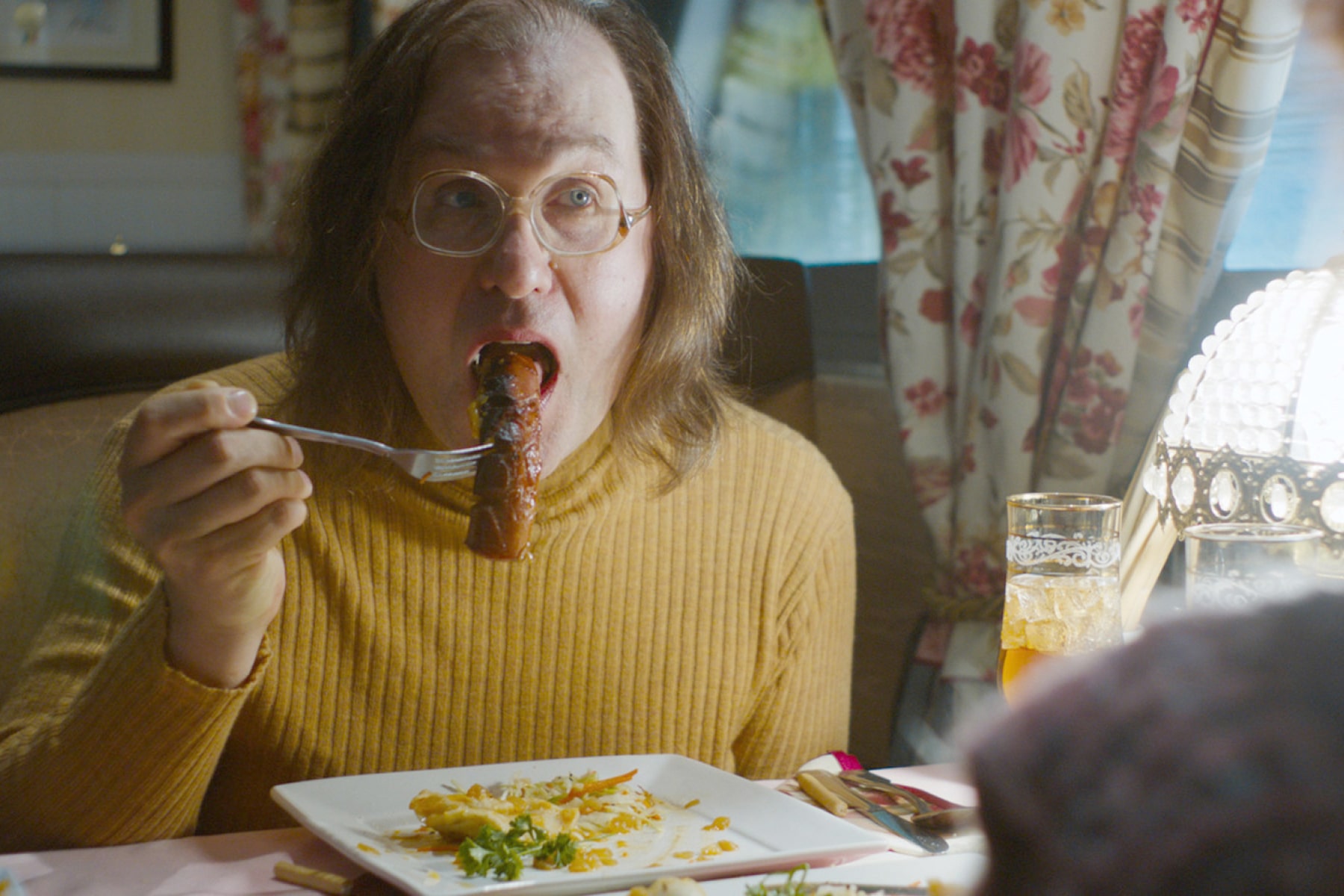Month: February 2020
-

“Dunkirk” and the Lack of Protagonist
Dunkirk Back in 1915, David Wark Griffith made silent epics that helped to define the language and syntax of cinema. He himself claimed to have invented the close-up and scenes with restrained emotion, but his main contribution was actually the concept of parallel editing: the capacity to cut between separate narratives in order to extend…
-

“La La Land,” More Like “Blah Blah Land” Amirite?!
An Anachronistic Nightmare This film is an anachronistic fucking nightmare, best illustrated in its combination of having the protagonist driving an Oldsmobile with an 8-track tape player and the other a Prius. Oh, but Ryan Gosling’s character has *classic* style, just look at his pretentious wing-tip shoes. In all honesty, at least he can act,…
-

“The Greasy Strangler” is a Surprising Gem
The Greasy Strangler “Bullshit artist!” “Bullshit artist!” “You’re a bullshit artist!” “Bull-SHIT! Art-IST!” “I call bullshit on that.” “You’re a horse shit artist.” “I call horse shit. You’re covered in horseshit.” “B.U.L.L.S.H.I.T A.R.T.I.S.T. Bullshit Artist!” “You’re the world’s biggest bullshit AND horseshit artist!” This is some of the dialogue from a movie that is nearly…
